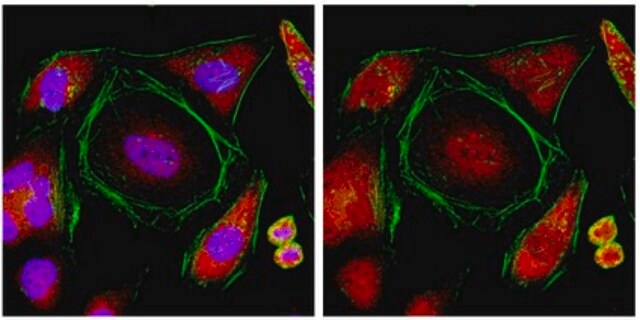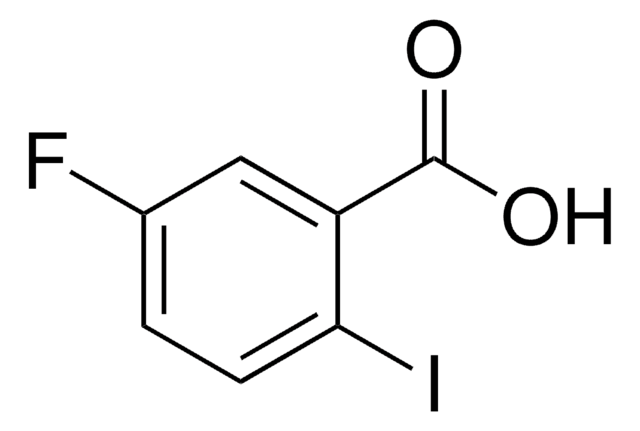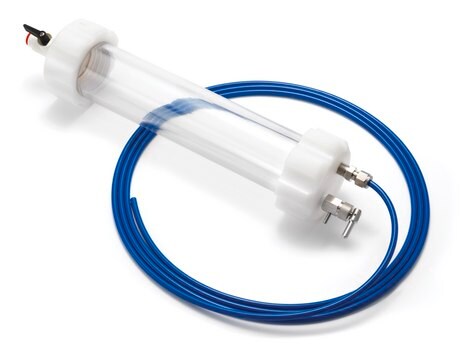MABE1919
Anti-TNRC6ABC Antibody, clone 7A9
clone 7A9, from rat
Sinônimo(s):
Trinucleotide repeat-containing gene 6A, 6B, and 6C, CAG repeat protein 26, EMSY interactor protein, GW182 autoantigen, Protein GW1, Glycine-tryptophan protein of 182 kDa
About This Item
Produtos recomendados
fonte biológica
rat
forma do anticorpo
purified immunoglobulin
tipo de produto de anticorpo
primary antibodies
clone
7A9, monoclonal
reatividade de espécies
human
embalagem
antibody small pack of 25 μg
técnica(s)
immunofluorescence: suitable
immunoprecipitation (IP): suitable
western blot: suitable
Isotipo
IgG2aκ
nº de adesão NCBI
modificação pós-traducional do alvo
unmodified
Informações sobre genes
human ... TNRC6B(23112)
Descrição geral
Especificidade
Imunogênio
Aplicação
Immunoprecipitation Analysis: A representative lot immunoprecipitated TNRC6ABC in Immunoprecipitation applications (Quevillon Huberdeau, M., et. al. (2017). EMBO J. 36(14):2088-2106).
Epigenetics & Nuclear Function
Qualidade
Western Blotting Analysis: 4 µg/mL of this antibody detected TNRC6 in lysate from stably induced HEK 293 cells transfected with TNRC6A, but not in uninduced HEK 293 cells.
Descrição-alvo
forma física
Armazenamento e estabilidade
Outras notas
Exoneração de responsabilidade
Não está encontrando o produto certo?
Experimente o nosso Ferramenta de seleção de produtos.
Código de classe de armazenamento
12 - Non Combustible Liquids
Classe de risco de água (WGK)
WGK 1
Ponto de fulgor (°F)
Not applicable
Ponto de fulgor (°C)
Not applicable
Certificados de análise (COA)
Busque Certificados de análise (COA) digitando o Número do Lote do produto. Os números de lote e remessa podem ser encontrados no rótulo de um produto após a palavra “Lot” ou “Batch”.
Já possui este produto?
Encontre a documentação dos produtos que você adquiriu recentemente na biblioteca de documentos.
Nossa equipe de cientistas tem experiência em todas as áreas de pesquisa, incluindo Life Sciences, ciência de materiais, síntese química, cromatografia, química analítica e muitas outras.
Entre em contato com a assistência técnica





